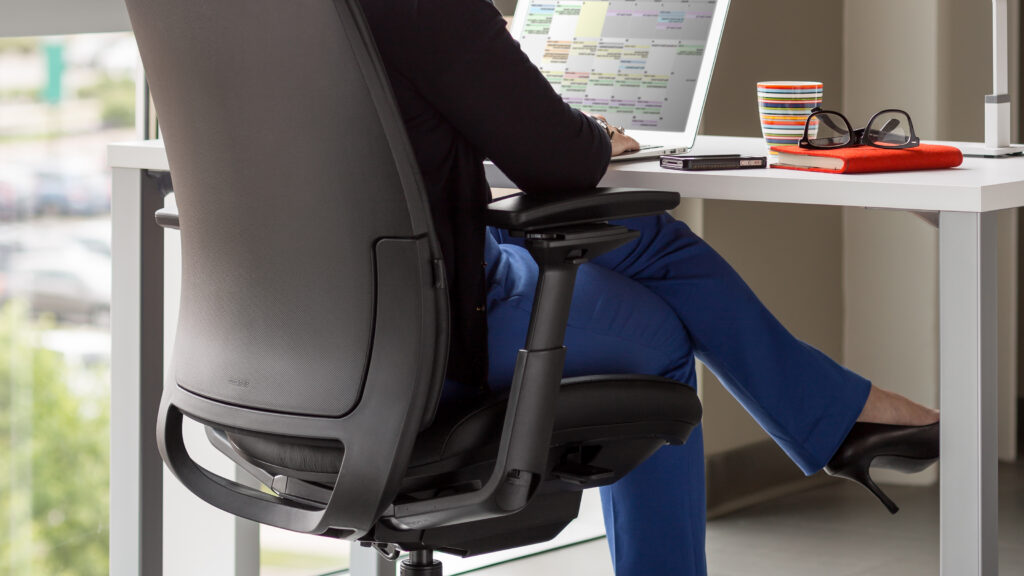If there is anyone factor that you can change to make spending eight hours a day in an office easier, it’s your chair.
How to choose best office chairs

There is no shortage of evidence proving that being stuck in a chair for too long can increase the risk of cardiovascular disease and worsen back pain. In fact, sitting too much is even called worse than smoking.Many people who have office jobs develop problems like numbness, spinal misalignment, joint pain, neck pain, and herniated discs — usually from sitting too long on a poor quality chair without support.
While you probably do not want to spend a lot of money on a chair, a high-quality ergonomic chair is an investment in your health, comfort, and productivity.
Two separate studies, published in 1990 and
2003, found productivity goes up more than 17% when individuals work in an ergonomic setting with an adjustable chair. The right chair combined with ergonomic training can also reduce workplace injuries. Even if you do not already have wrist or back problems, an ergonomic chair can help you maintain the right posture to avoid strain, carpal tunnel syndrome, lower back pain, and spinal disc injury.
The National Institute of Health recommends choosing a chair with all of the necessary adjustments to support proper posture.
This includes a chair with casters and a five-point base; a seat pan with dense, small-cell foam padding or coils; a backrest that is either curved or small enough to fit the small of the back; soft armrests with an adjustable height and width; a hydraulic seat heat adjustment feature; and a tilt adjustment to transfer some bodyweight to the chair’s backrest
While too much sitting every day can lead to health problems such as weight gain, poor blood circulation, and even diabetes having an occupation where sitting is unavoidable for certain periods of the day can become problematic. Chair manufacturers have paid attention to these issues and the chairs your dad sat in at the office are long gone.
Today’s chairs are ergonomically designed to offer support and comfort for hours on end and reduce the risk of health issues. Now, while we don’t recommend sitting in a chair every day for 16 hours a day if you must be sitting at your workspace, shouldn’t you be as comfortable as possible?
Many people outfit their home office with any old chair that’s sitting around the house. But did you know that a comfortable office chair can lead to more productivity, better focus, and better overall health? It’s scientifically proven that sedentary sitting time can be detrimental to health, and a bad chair exacerbates these issues. That’s why an ergonomic chair is the first step to a healthy work-life balance.
Those with a full-time desk job spend more than 1,700 hours a year sitting in their office chair. That’s assuming you stick to 35 hours a week, never work late, never eat lunch at your desk, take two weeks of vacation, and never work a weekend. So in reality, that number can be much higher for many. It’s important that those hours are made as comfortable as possible with a chair that helps to relieve stress on the body.





